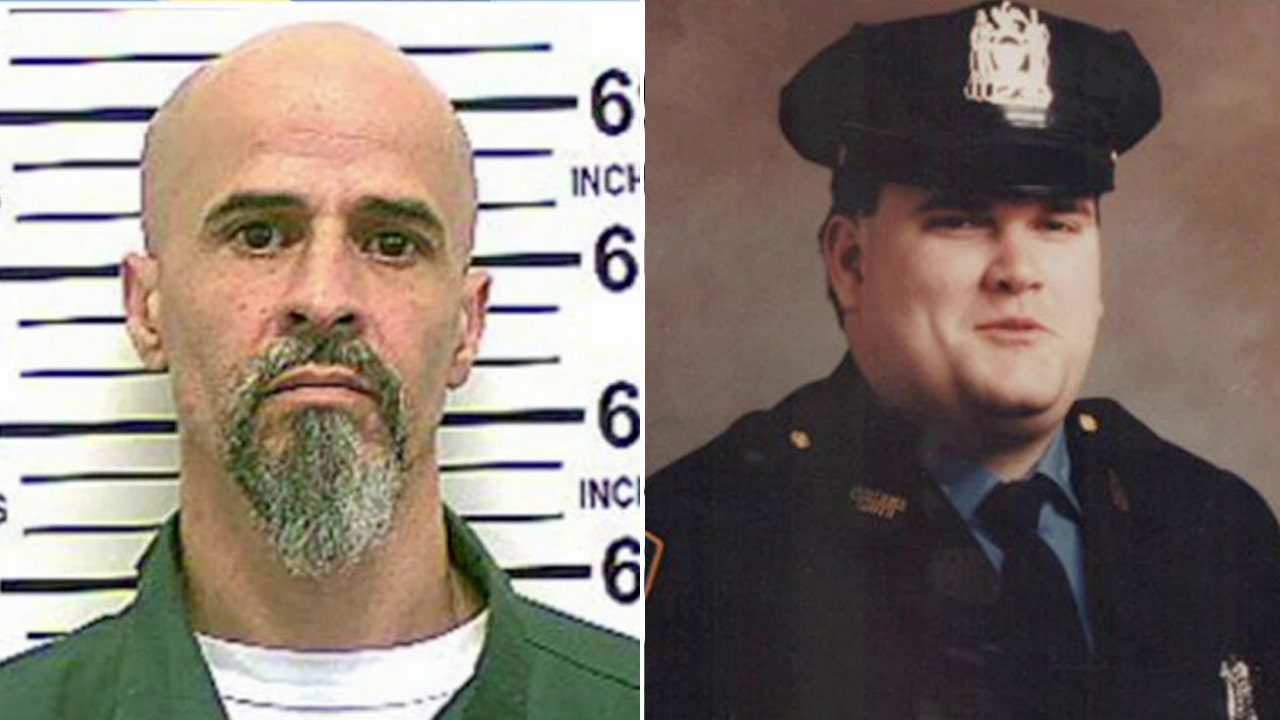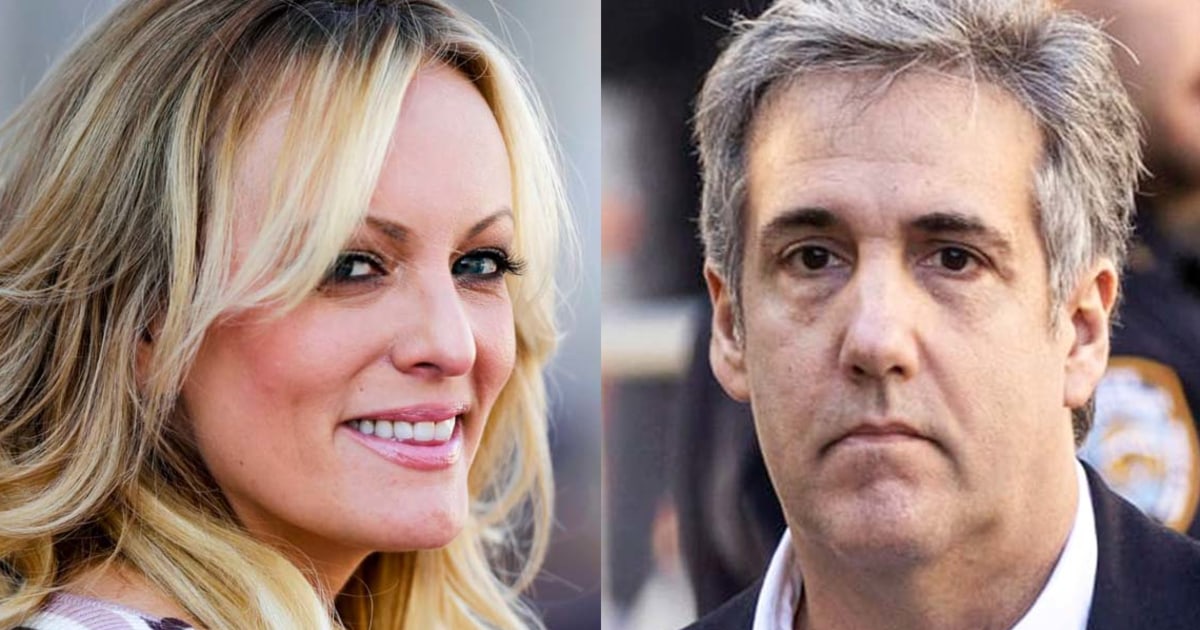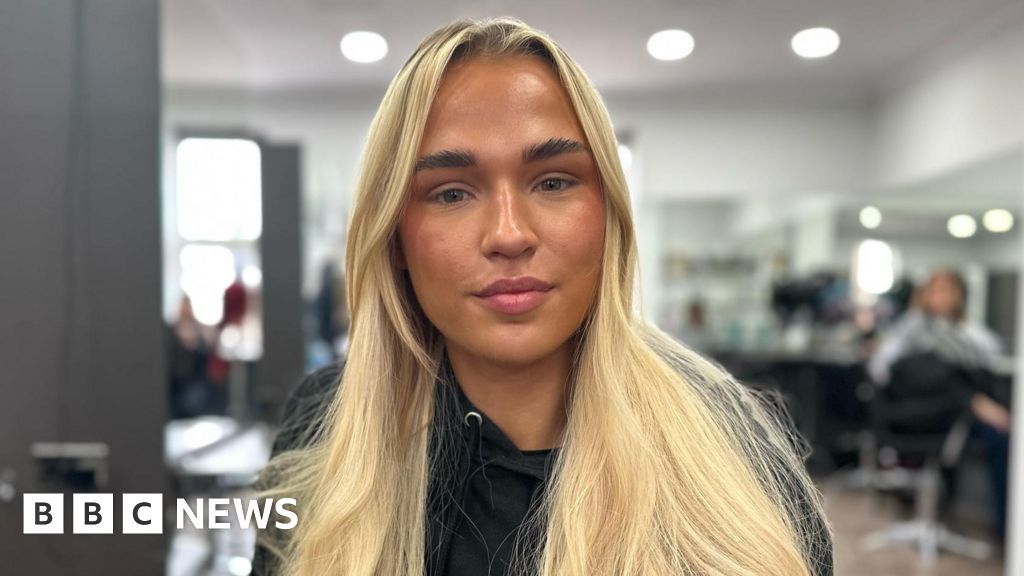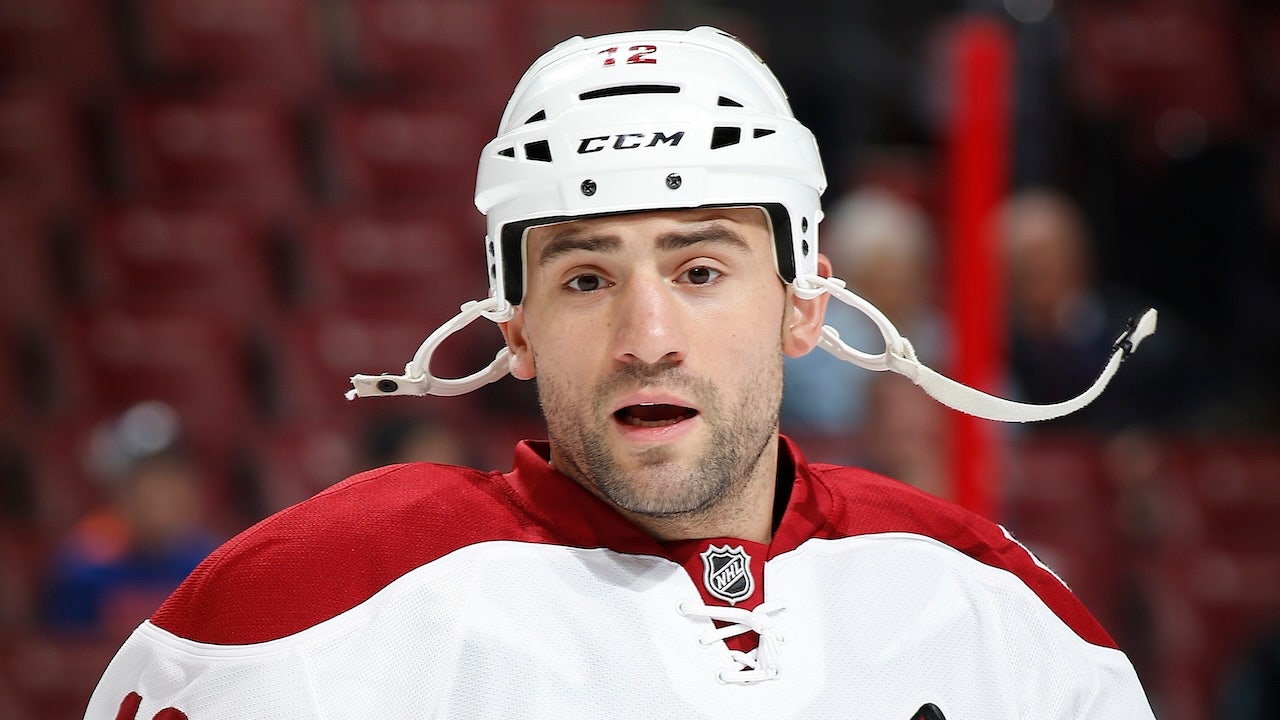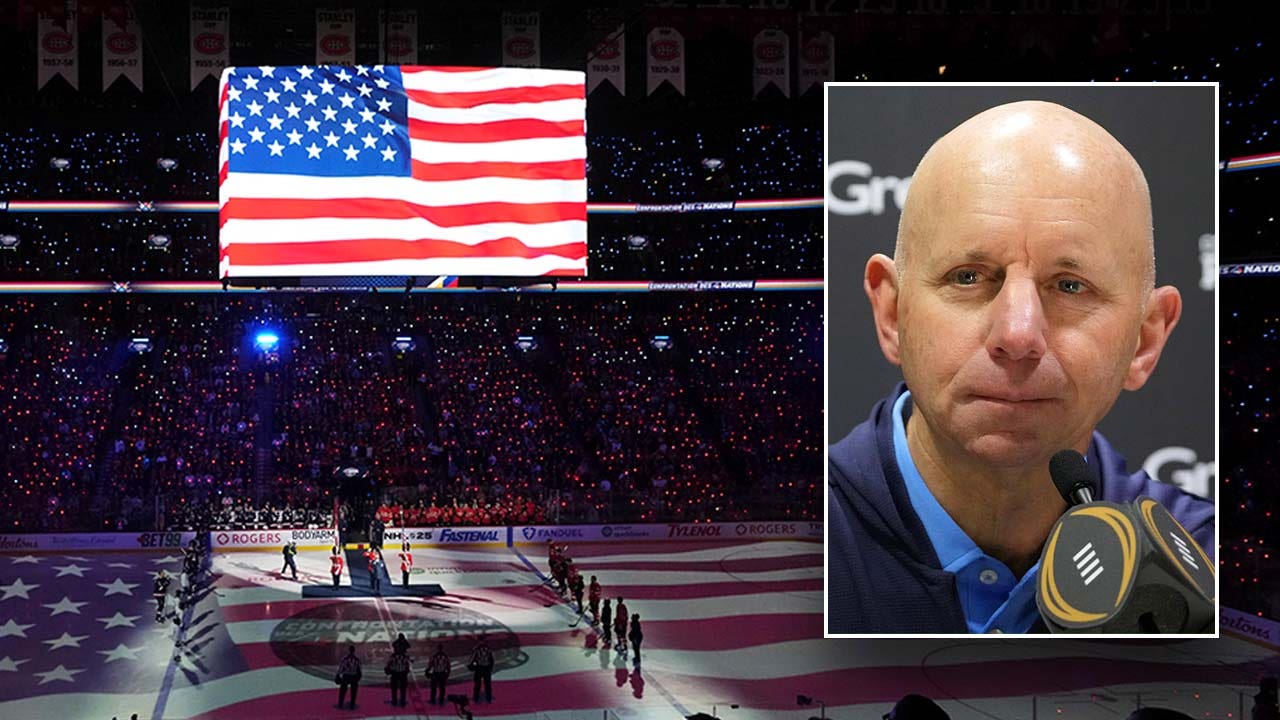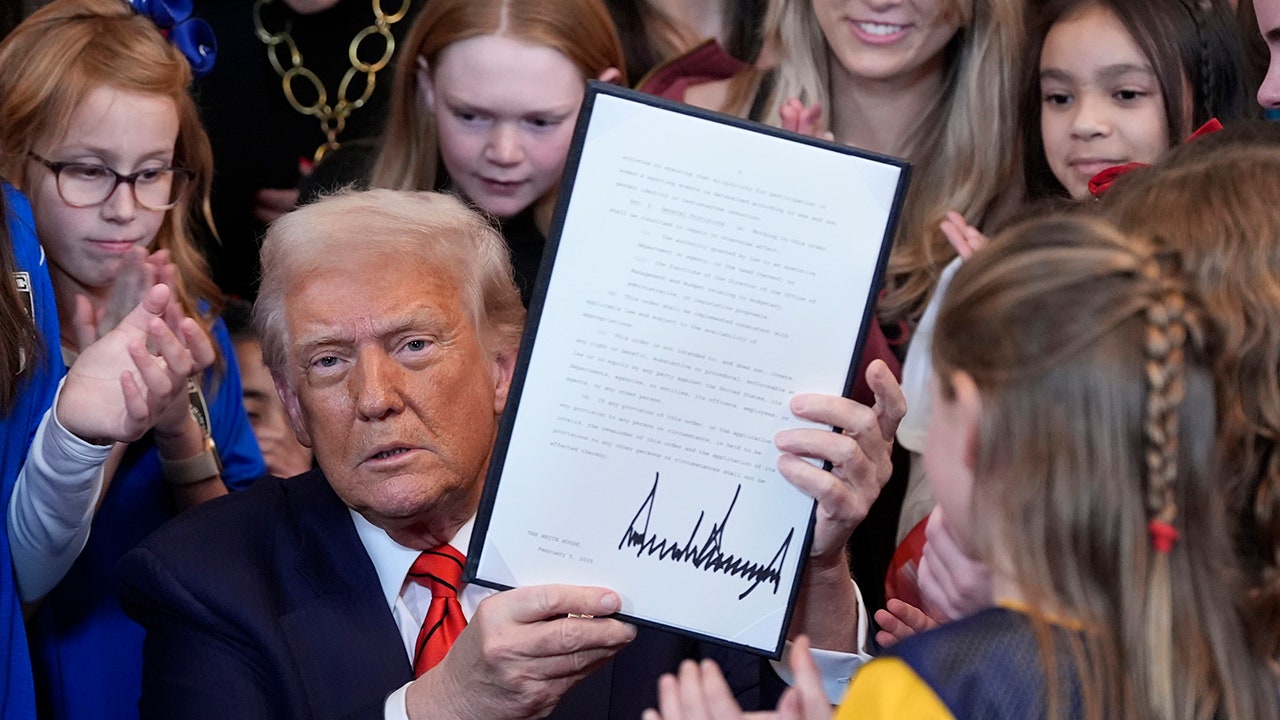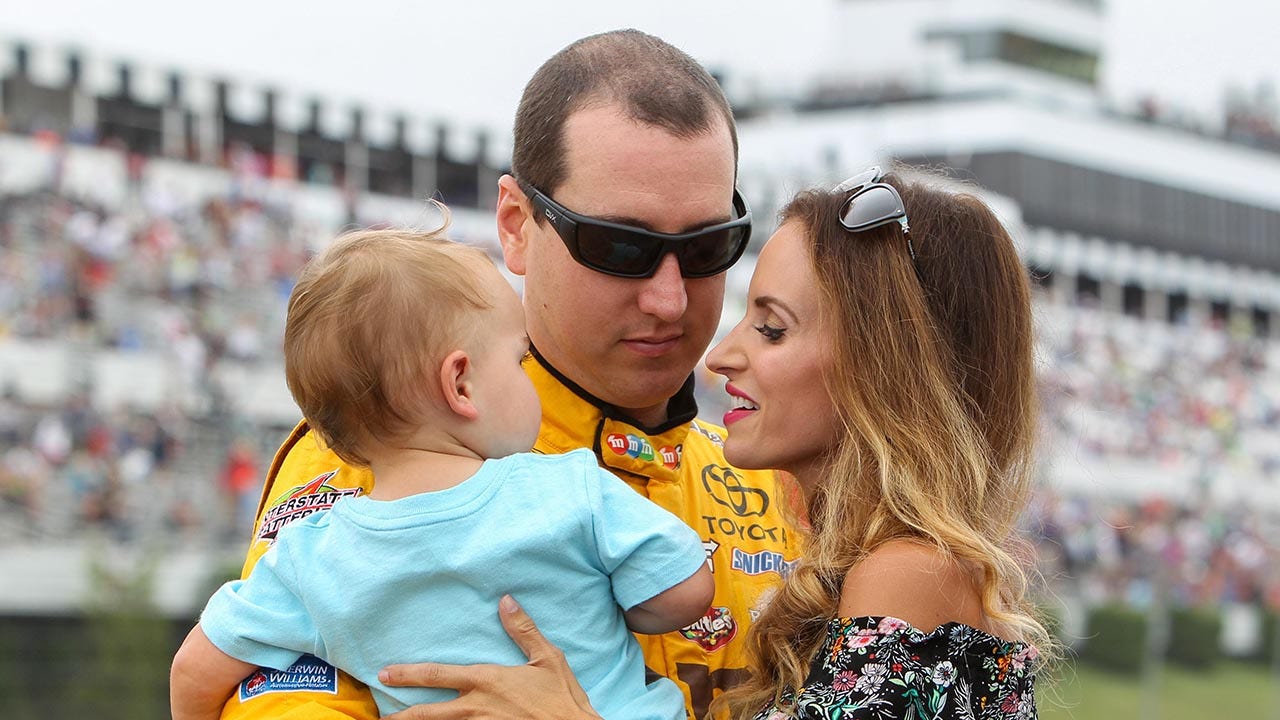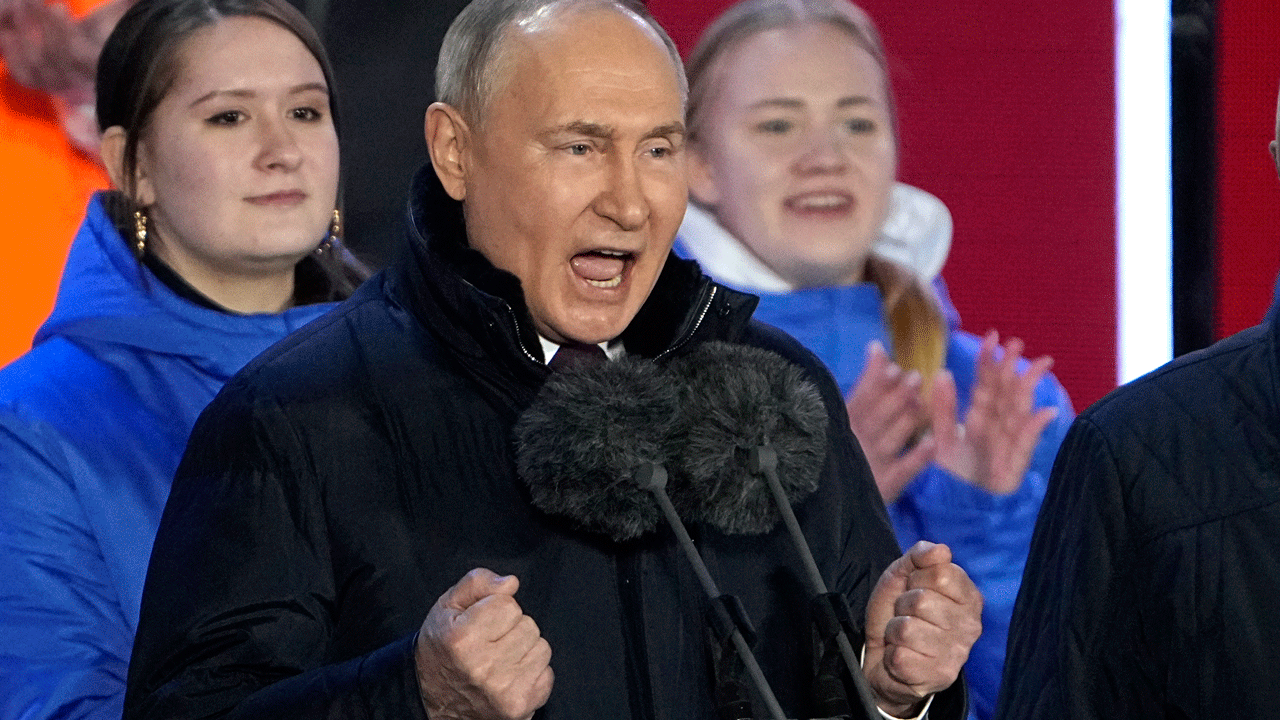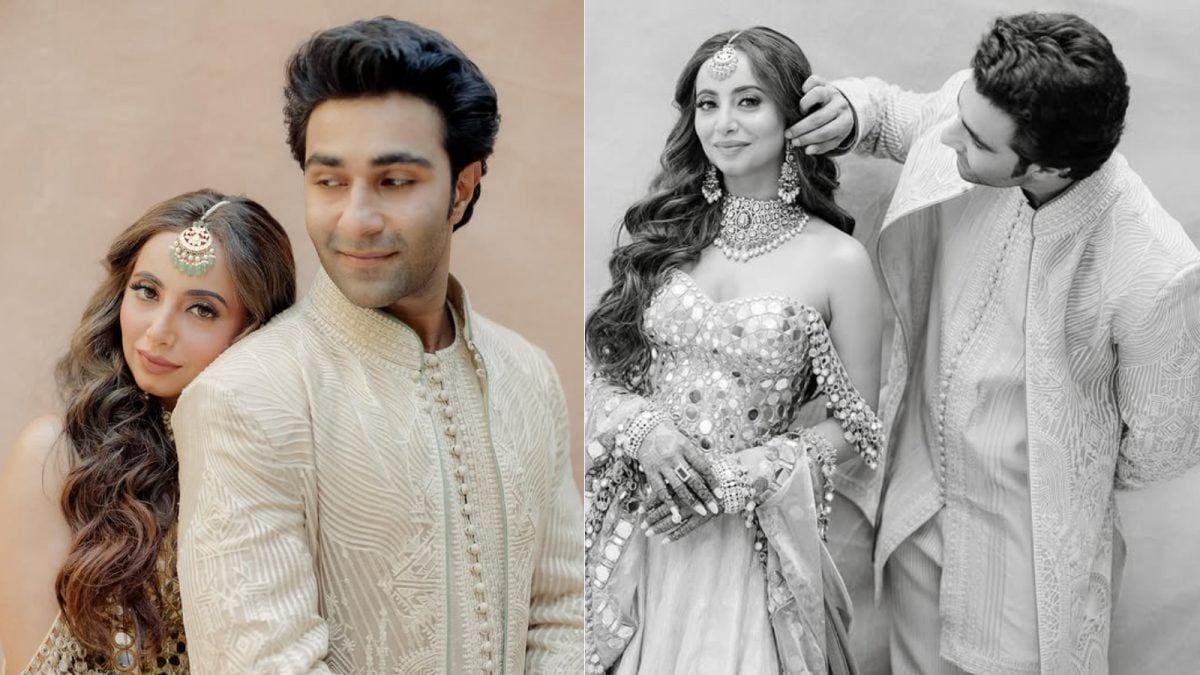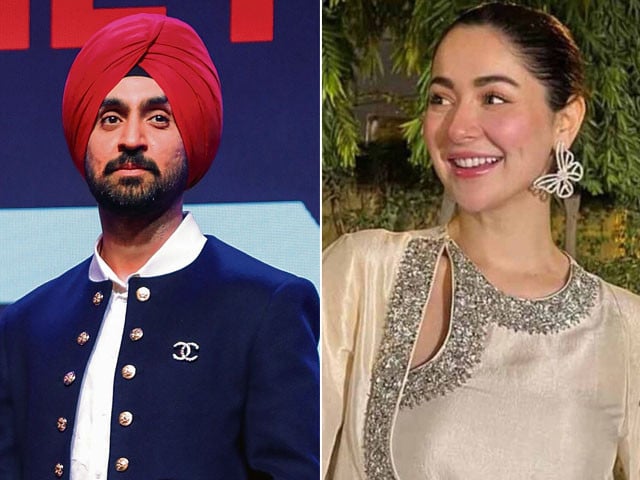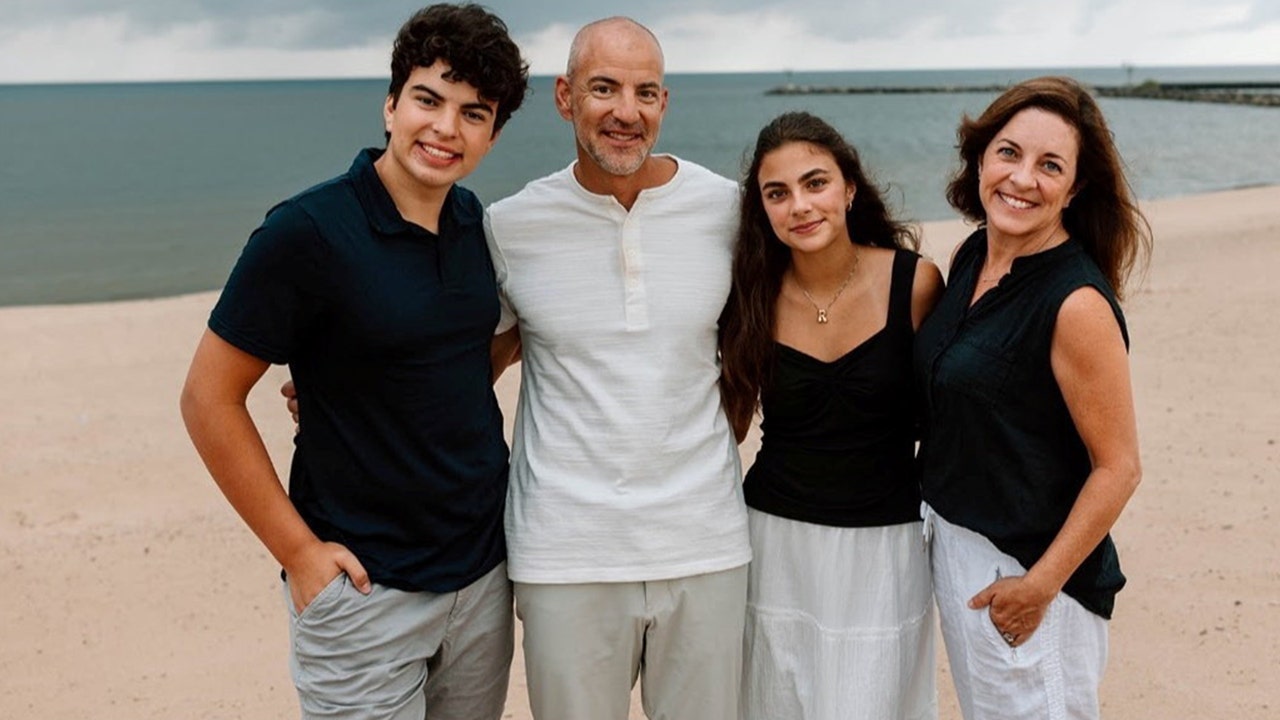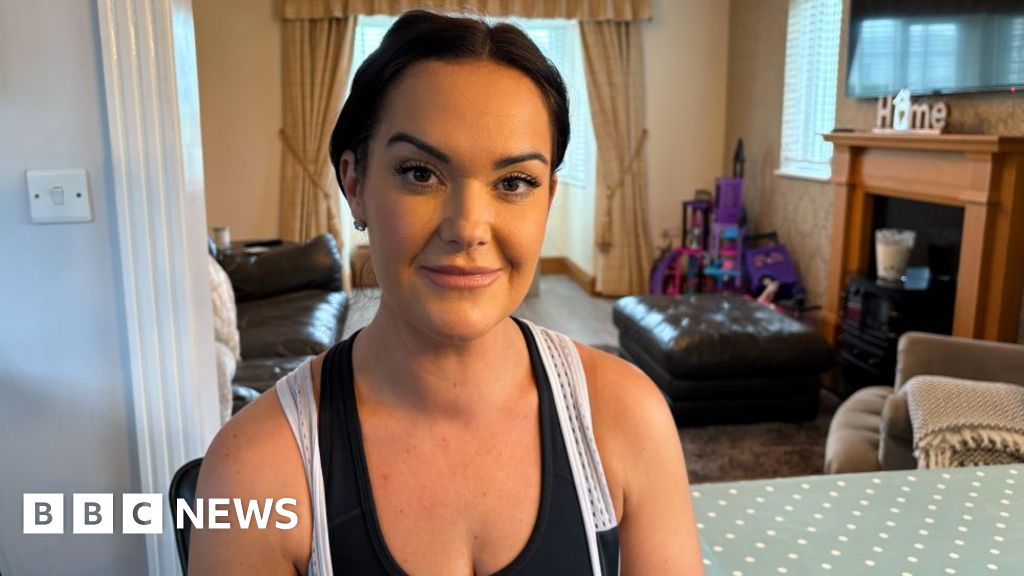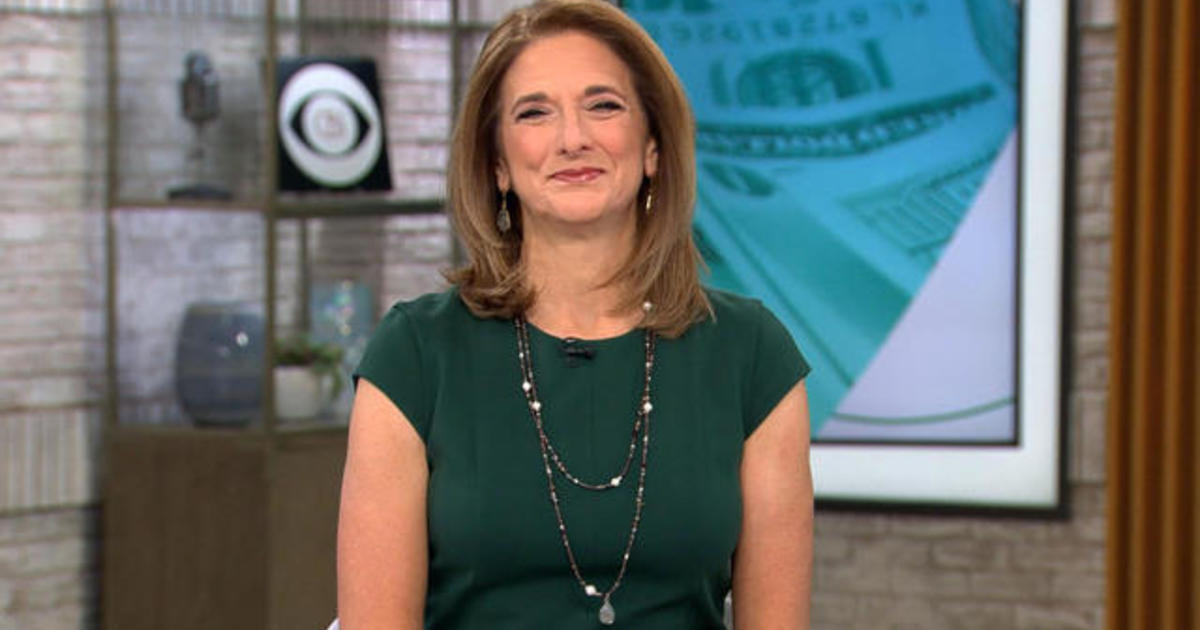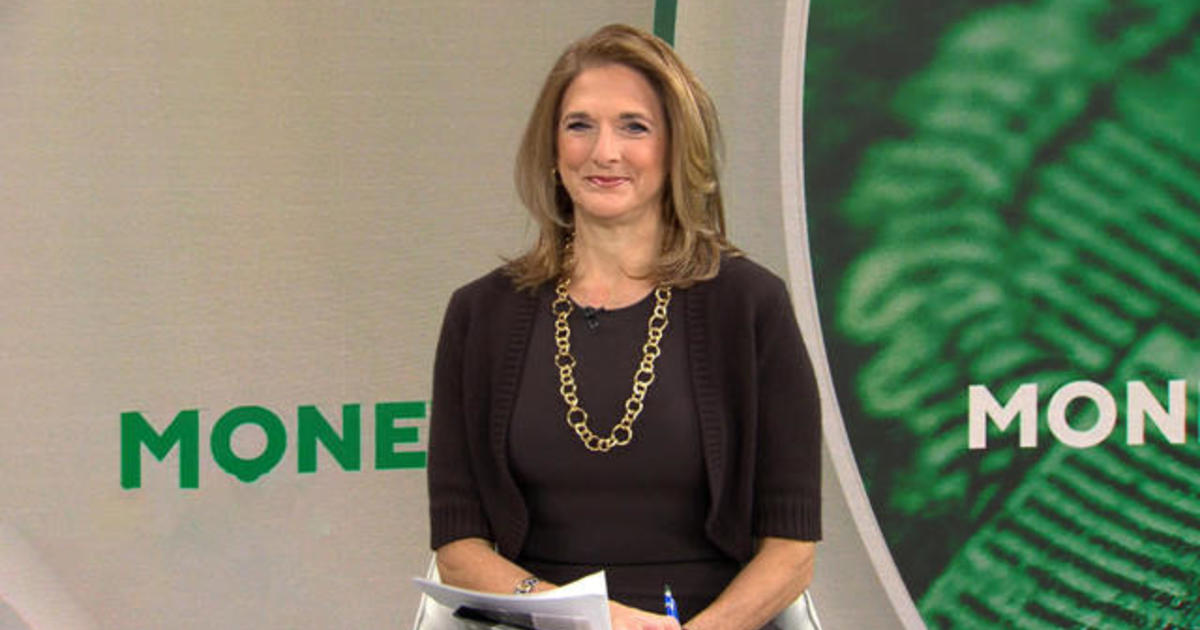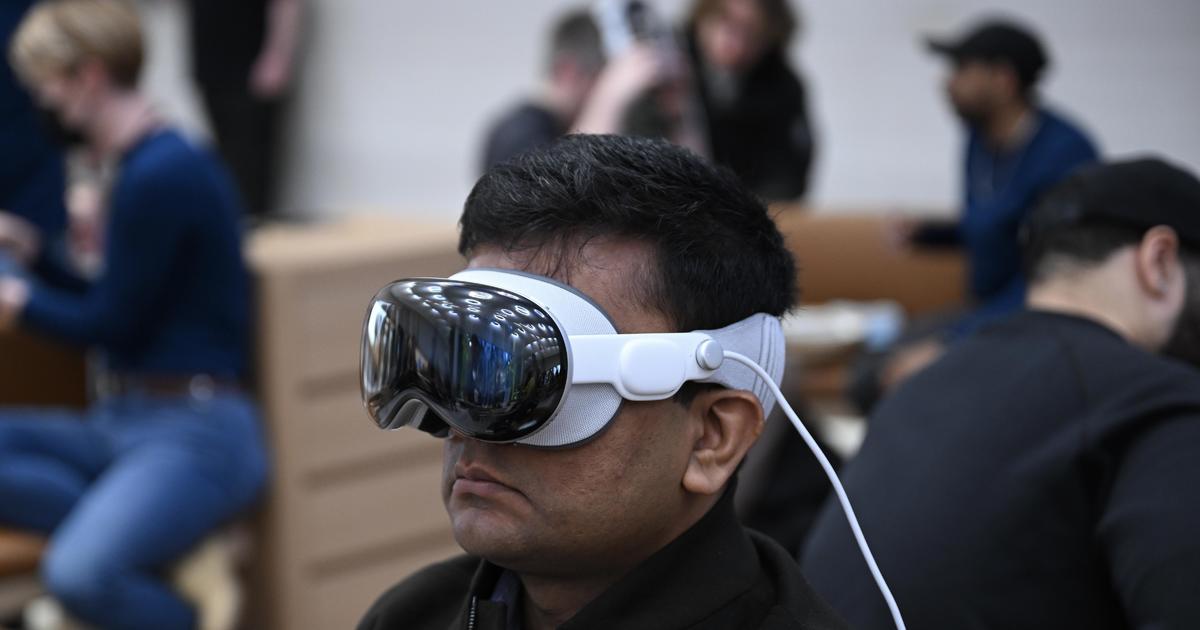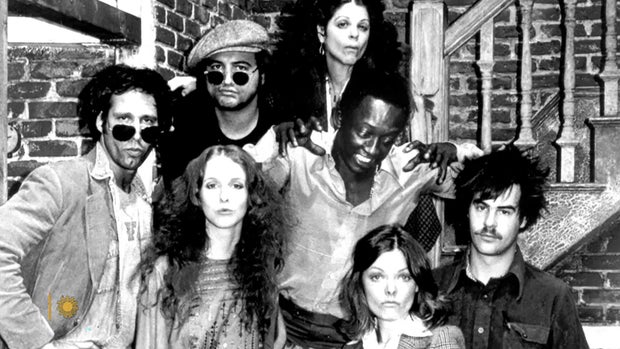On Saturday night, October 11, 1975, television viewers tuned in for a comedy variety show that looked nothing like they were used to. “It’s a sketch, a very unusual sketch, kind of in a minor key, [with] John Belushi as a kind of rumpled guy with a grocery sack,” said writer Susan Morrison. “He’s supposed to be an immigrant trying to learn English.”
Instructor (Michael O’Donoghue): “I would like…”
Belushi: “I would like…”
Instructor: “…to feed your fingertips…”
Belushi: “…to feed your fingertips…”
Instructor: “…to the wolverines.”
Belushi: “…to the wolverines.”
When the instructor succumbs to a heart attack and falls to the floor, Belushi mimics him. “It’s about death,” Morrison laughed. “And that was something that variety shows did not traffic in in 1975!”
Morrison is the author of “Lorne” (that would be Lorne Michaels, the man behind “Saturday Night Live”). For 50 years now, “Saturday Night Live” has been putting on a 90-minute mix of live comedy sketches, beloved commercial parodies, and musical acts, each episode headlined by a celebrity host.
So, what did variety shows look like before SNL? “They took place on a big, wide stage; it was very shiny, very blank,” said Morrison. “And the content of these variety shows also was kind of a throwback – very hammy, almost vaudevillian, kind of Catskill comics doing seltzer-in-the-pants bits.”
Random House
Michaels worked on several of those shows, including “Laugh-In.” Morrison said, “‘Laugh-In’ was really the first variety show that seemed to care about youth culture and being hip. But politically, that show was relatively toothless. What passed for political humor on ‘Laugh-In’ was Goldie Hawn doing kind of a dumb blonde bit.”
Michaels learned a different lesson working on a cornball comedy show hosted by Phyllis Diller. Its premiere episode in 1968 went up against a Barbra Streisand special. “Streisand was the hottest thing out there,” said Morrison. “‘Funny Girl’ was about to come out. And Lorne thought, ‘Oh my God, we’re dead. Everybody’s gonna watch Streisand.’ But as it turned out, the Diller show beat Streisand in the ratings by a mile.
“And Lorne recognized, I think he said, ‘You know, I realized there are two audiences. You know, there’s the people I know, and then there’s the wider American audience.’ And to this day, he’s always telling his young writers and performers, ‘We have audience in all 50 states. We have to remember this is broadcast. It takes in the whole country.'”
Keeping all this in mind, Michaels set about creating a show for his own generation. As it happened, NBC’s then-president was thinking along the same lines. And while it’s fun to knock network executives, one of the revelations in “Lorne” is the role that Herb Schlosser played.
“He was a visionary president of NBC who was looking to fill a hole on Saturday night, when the network had been running Johnny Carson reruns,” said Morrison. “And he dictated a memo that pretty much hit all the points of what SNL was to be. He wanted to do a show out of Studio 8H at 30 Rock, which had basically been dormant, you know, since the ’50s. He wanted it to be live. He wanted it to be on at 11:30 Saturday night. He wanted it to have rotating hosts.”
Before Michaels even hired his cast, he hired the writers, among them, Alan Zweibel. “If you look at those early days of SNL, the logo for the show was ‘Saturday Night Live’ spray-painted on the outside wall of what was then called the RCA Building,” he said. “It was like graffiti. And I thought it spoke volumes. Here these kids came along besmirching whatever the standard was, whatever the establishment was.”
Zweibel had been working in a deli when he got the gig: “I gave him a book with my jokes in it. The first joke that I put, saying that the post office is about to issue a stamp commemorating prostitution in the United States. ‘It’s a 10-cent stamp. But if you want to lick it, it’s a quarter.’ And they laughed, and it was great. I was now a professional comedy writer.”
NBC
The writers were young, and the cast were unknowns. Morrison said, “He really wanted the show to feel like it was speaking in the voice of everybody’s funny, sarcastic friend, you know, grousing, wisecracking, just the way people are when they’re trying to make their friends laugh.”
And over the past five decades, America has become friends with more than a hundred different cast members and the characters they’ve created, not to mention all those catchphrases that have seeped into our conversation, like “Well, isn’t that special,” or “I gotta have more cowbell.”
The writers and actors know that the best way to make the audience laugh is to make each other laugh.
Rachel Dratch was on the show from 1999 to 2006. She and longtime writer Paula Pell created Debbie Downer – that friend we all have who always manages to bring the party down.
Dratch recalled, “I think it was Paula said, like, ‘Let’s set it somewhere really happy. So, let’s put it at Disney World.’ And then it started to flow. And then as we were writing we were making each other laugh a lot, but then we started going, like, wah-wah. Like, just to each other. I think it was Paula who said, like, ‘What if we just put the trombone in the scene?'”
Pell said, “And then we did it for that first time, and it was where everyone lost their minds laughing on – they were wiping their eyes with waffles. And I remember being in a dressing room watching it on the thing, and just tears coming down my décolletage and laughing so ungodly hard. It was such a lightning-in-a-bottle moment at that show where you’re, like, I will never forget this five minutes ever in my life!“
For material, the staff is encouraged to draw from their own lives. “I was always, always wanting to be a cheerleader,” said Pell. “And every year, every summer, I worked on my back handsprings. I was a little chubby girl. I was very strong. I was nice and loud. I was really good at cheerleading. And every year, I didn’t get it.”
So, Pell collaborated with Cheri Oteri and Will Ferrell on their Spartan cheerleaders sketch:
“So, the Spartan cheerleaders, that comes from a real place?” I asked.
“Yeah, it comes from the place of, like, joyful loser existence,” said Pell. “You go, ‘Oh, I didn’t make it. Let’s go cheer anyway. We’re gonna get costumes. Let’s go cheer for things nobody is gonna kick us out on,’ and they still get to be dramatic cheerleaders.”
Over the run of the show, the tone of SNL has shifted away from gritty and dark, towards colorful and more, well, cheerful. Morrison writes that Lorne Michaels began directing his staff to “do it in sunshine.” She explained: “Do it in sunshine means first of all, everyone should look pretty good, you know? You want the costumes to be flattering, the colors to be bright. You don’t want anger. He very often counsels writers to avoid writing anger. People don’t put on a television to see people yelling at each other. Fred Armisen told me that Lorne said once, ‘There’s enough misery in the world. People huddle around the television as if they’re huddling around a fire.'”
Armisen played Libyan dictator Muammar Qaddafi. “I try to keep it, you know, even with the dictators I’ve played, I’ve even approached them with – I can’t believe I’m saying this – like, love and kindness. So, for Qaddafi I’m like, ‘I’m gonna love this character. Whoever this guy is, I’m gonna love him and just imagine him as an eccentric at his very worst.'”
Armisen spent 12 seasons on “Saturday Night Live.” To hear him tell it, it wasn’t nearly enough. “I loved it. It was just the best existence,” he said. “If you’re sitting out three sketches in a row and you’re like, ‘Oh, I’m not in these,’ it is awesome to watch your castmates put something together and see that magic happen. It’s fantastic.”
READ AN EXCERPT: “Lorne: The Man Who Invented Saturday Night Live”
For more info:
Story produced by Kay Lim and Young Kim. Editor: Lauren Barnello.


